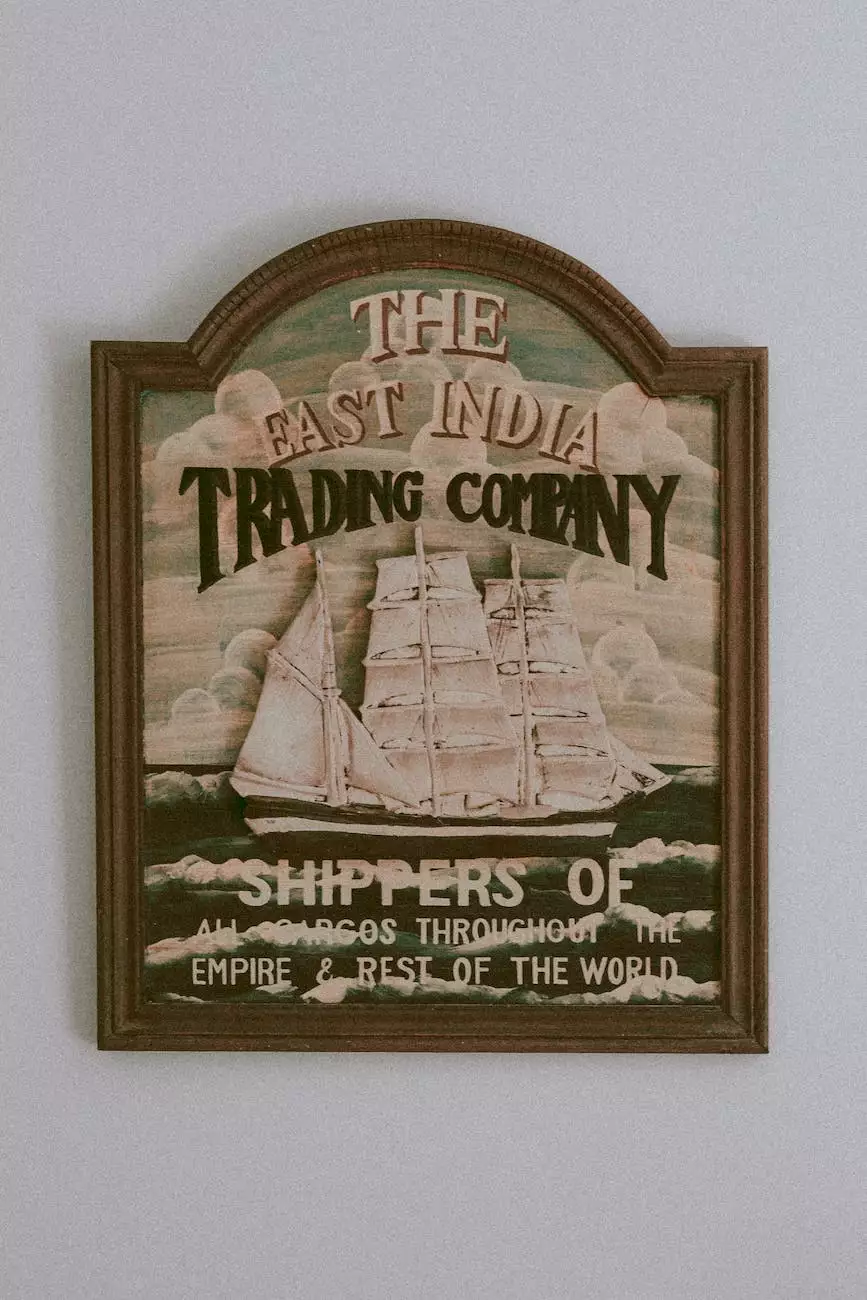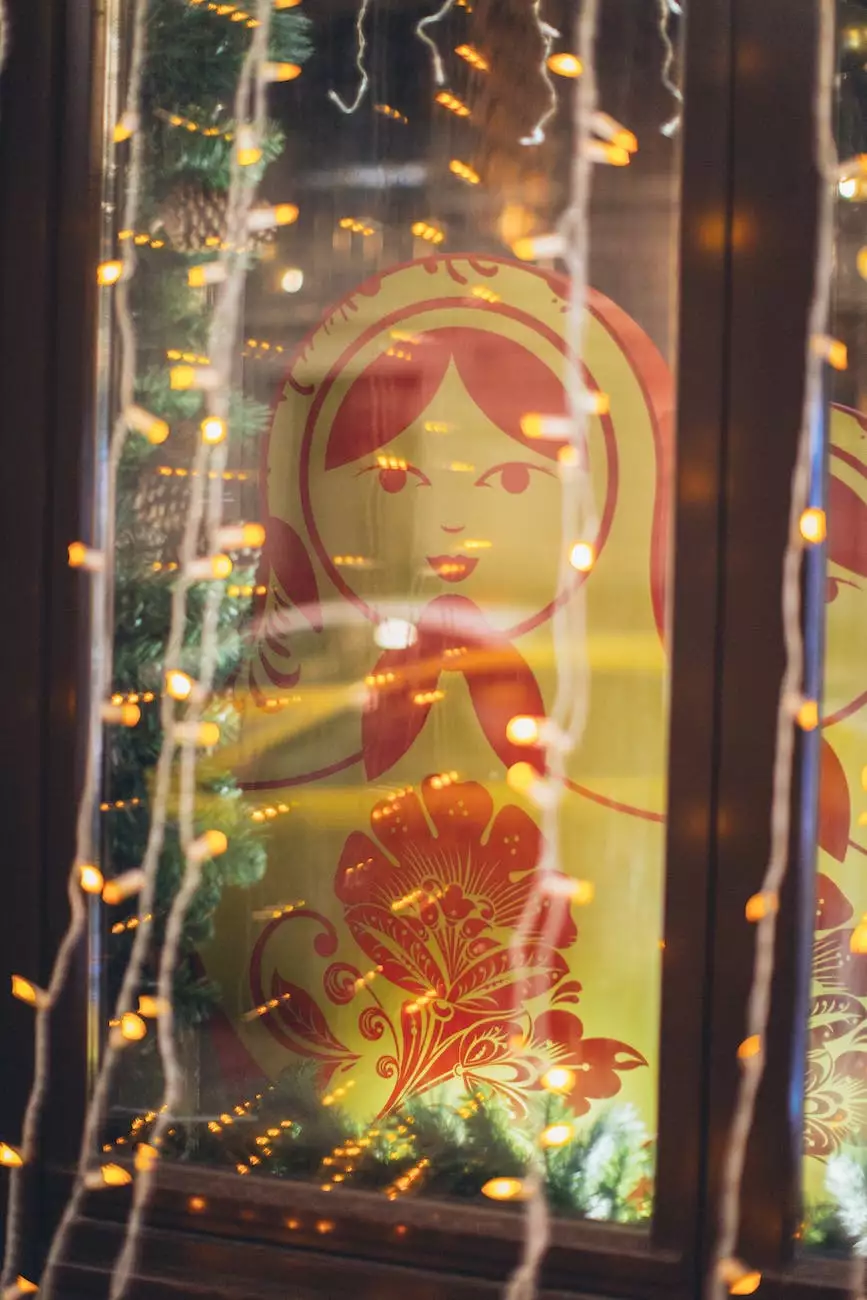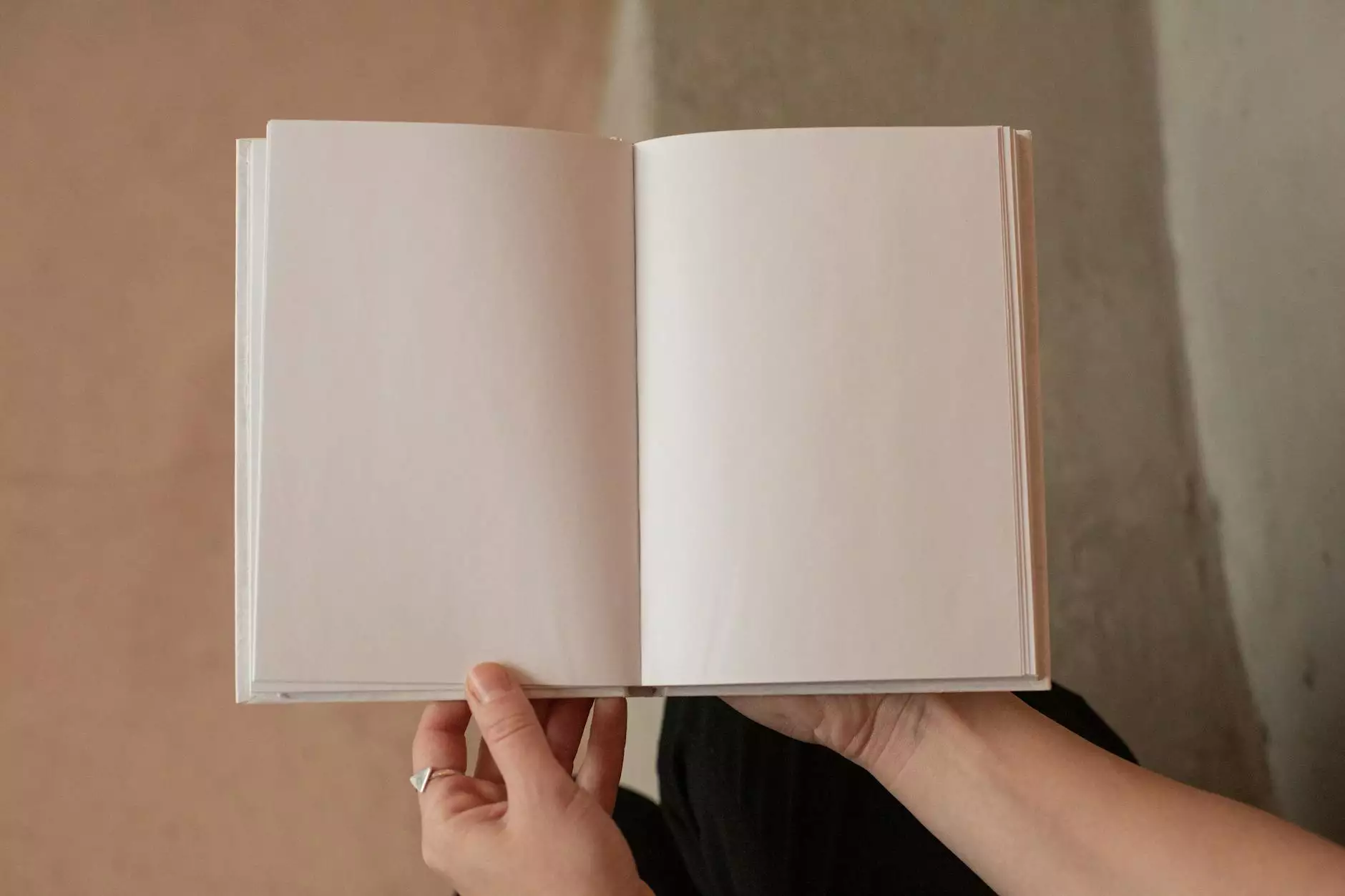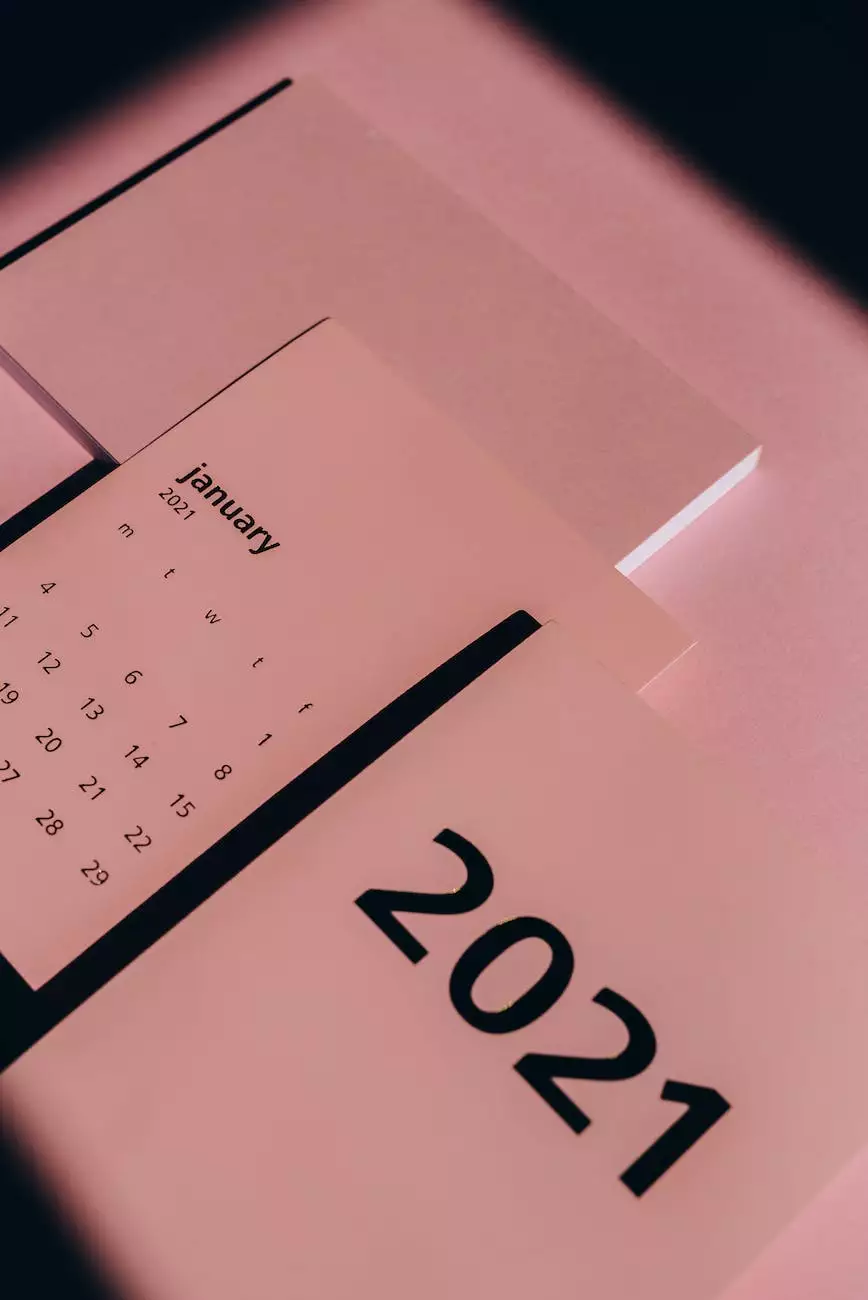The History of the Invitation
Tales from the Past
The Intriguing Origins
The art of inviting individuals to various events and gatherings can be traced back to early civilizations. From the ancient Egyptians to the Greeks and Romans, invitations were an essential part of social customs and ceremonies. These invitations took various forms, ranging from engraved stone tablets to handwritten papyrus scrolls.
The Renaissance Period
As society evolved, so did the style and purpose of invitations. During the Renaissance period, invitation cards became more prevalent among the European nobility. Elaborate invitations adorned with intricate designs and hand-painted illustrations were exchanged between noble families to announce grand occasions, such as weddings and balls.
The Printing Press Revolution
The invention of the printing press in the 15th century revolutionized the production of invitations. With this technological advancement, invitations became more accessible to the general public. Elaborate calligraphy was replaced with printed text, allowing for mass production of invitations for various social events. This shift democratized the invitation culture, making it more inclusive and widespread.
The Industrial Era
With the advent of the industrial era, invitations underwent further transformations. The introduction of lithography and engraving techniques allowed for more intricate and visually appealing designs. Invitations became more elaborate, incorporating embossed patterns, foiled accents, and even photographs. The industrial revolution also paved the way for the standardization of invitation sizes and formats, making their production more efficient.
The Age of Modernization
As technology progressed, invitations continued to evolve. The 20th century witnessed the rise of printed invitations featuring modern typographic designs. With the invention of the telephone, invitations began to take oral form as well. However, it was the digital era that truly revolutionized the world of invitations.
The Digital Revolution
The advent of the internet and email marked a turning point in the history of invitations. The traditional paper invitation started to share the spotlight with its digital counterpart – the e-vite. With just a few clicks, individuals could send invitations to their contacts, saving time, resources, and postage fees. E-vites also allowed for instant RSVPs and easy event updates, making the entire invitation process more efficient and convenient.
The Present Day
In today's fast-paced world, invitations have transcended traditional boundaries. A myriad of digital platforms and social media channels offer innovative ways to invite others to events. From Facebook events to personalized video invitations, technology continues to shape and redefine the concept of invitations.
The Power of Personalization
In addition to the evolving mediums of invitations, personalization has become a key component in modern invitation design. Customization options, such as tailored graphics, unique fonts, and personalized messages, allow individuals to add their own touch to invitations, reflecting their personality, style, and the overall theme of the event. This personalization adds a sense of exclusivity and makes recipients feel special, further enhancing the impact of the invitation.
The Enduring Tradition
Throughout history, invitations have remained a vital element in our social lives. They serve as a bridge between hosts and guests, enabling memorable experiences and fostering connections. Regardless of the medium or format, invitations continue to hold immense significance, capturing the essence of celebrations and bringing people together in joyous occasions.
The Future of Invitations
As we delve further into the digital age, the future of invitations holds limitless possibilities. Virtual reality invitations, interactive multimedia experiences, and AI-powered invitation generators are just a few of the innovations that may shape the invitation landscape in the years to come. However, no matter how advanced technology becomes, the sentiment behind an invitation will always remain timeless – an expression of warmth, inclusivity, and the desire to celebrate together.










